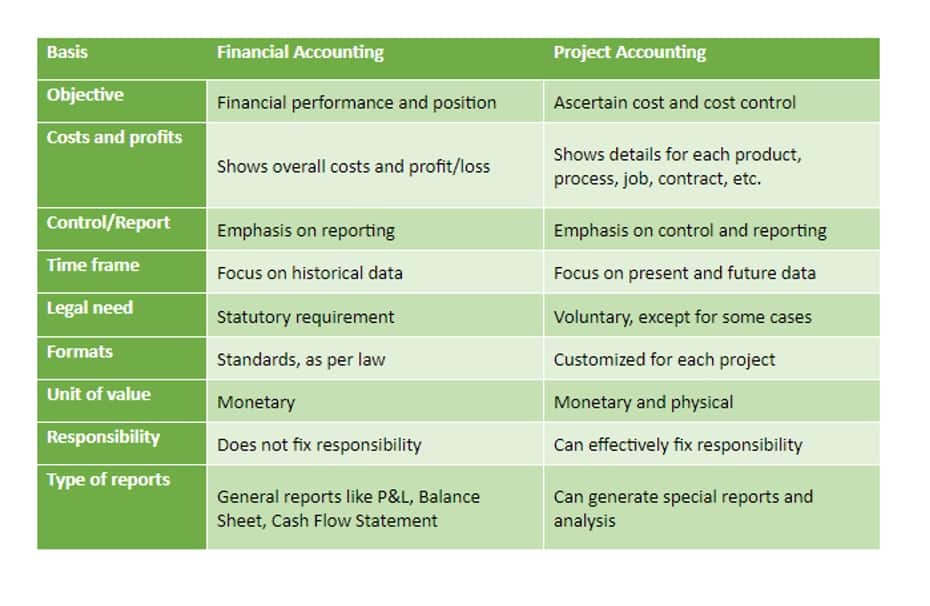
Cost of goods sold is any expense that is directly related to goods sold by a company as part of its operating activities. This means any purchase of raw materials, cost of labor or contra asset account any other expenses that are required for the company to manufacture the goods. Thirdly, having COGS information readily available allows businesses to make informed decisions regarding pricing strategies and inventory management. A high COGS could indicate that there are inefficiencies in production processes or issues with supply chain management that need addressing.
- One of the main financial statements (along with the statement of comprehensive income, balance sheet, statement of cash flows, and statement of stockholders’ equity).
- Ensure all entities follow the same accounting standards—like GAAP or IFRS—and have consistent reporting periods.
- During periods of rising prices, goods with higher costs are sold first, leading to a higher COGS amount.
- Companies then have to include any additional stock they purchased during that period before taking out their current ending inventory value.
- Companies want to get the oldest items out of inventory and keep the most recent (freshest) ones in inventory.
Inventory and Cost of Goods Sold

Both determine how much a company spent to produce their sold goods or services. But to calculate your profits and expenses properly, you need to understand how money flows through your business. If your business has inventory, it’s integral to understand the cost of goods sold. Read on and watch this video to learn more about the cost of goods sold, how to calculate it, and its importance to your organization. The average price of all the goods in stock, regardless of purchase date, is used to value the goods sold.

Understanding and Managing Customer Deposits in Financial Reporting

Since this is the perpetual system we cannot wait until the end of the year to determine the last cost (as is done with periodic LIFO). An entry is needed at the time of the sale in order to reduce the balance in the Inventory account and to increase the balance in the Cost of Goods Sold account. With perpetual FIFO, the first (or oldest) costs are the first costs removed from the Inventory account and debited to the Cost of Goods Sold account. Therefore, the perpetual FIFO cost flows and the periodic FIFO cost flows will result in the same cost of goods sold and the same cost of the ending inventory. When the textbook is sold, the bookstore removes the cost of $85 from its inventory and reports the $85 as the cost of goods sold on the income statement that reports the sale of the textbook. This step is crucial for producing accurate consolidated financial statements for the balance sheet, to prevent double counting, and make an accurate representation of external transactions.
Uses of COGS in Other Formulas
- Its end-of-year value is subtracted from its start-of-year value to find the COGS.
- This ratio relates the costs in inventory to the cost of the goods sold.
- The choice of inventory valuation method significantly impacts a company’s financial statements, particularly during fluctuating prices.
- The above example shows how the cost of goods sold might appear in a physical accounting journal.
- The special identification method uses the specific cost of each unit of merchandise (also called inventory or goods) to calculate the ending inventory and COGS for each period.
- This method gives you the COGS for the period, reflecting the direct costs of goods that were sold.
From ABC’s 2023 information we see that the company’s gross profit was 20% of sales, and therefore its cost of goods sold was 80% of sales. If those percentages are reasonable for the current year, we can use them to estimate the cost of the inventory on hand as of June 30, 2024. The gross profit method for estimating the cost of the ending inventory uses information from a previously issued income statement.

By following proper accounting practices and seeking assistance from qualified professionals, businesses can ensure transparency, accuracy, and efficiency in their financial operations. Well COGS is an essential calculation tool for making informed business decisions. It is a critical metric directly impacting various aspects of a company’s operations, including pricing strategies and inventory management. In accounting, COGS is calculated more for product-based sales, and Cost of Sales is more for service-based businesses. Changes in inventory valuation methods, such as moving from FIFO (First-In-First-Out) to LIFO (Last-In-First-Out), can impact COGS calculations. Neglecting to update inventory valuation methods can result in inaccuracies in COGS reporting.
- COGS is very specific to companies where core activities are to sell goods.
- Insurance Expense, Wages Expense, Advertising Expense, Interest Expense are expenses matched with the period of time in the heading of the income statement.
- Consult with your tax adviser concerning the election of a cost flow assumption.
- For multi-step income statements, subtract the cost of goods sold from sales.
- Any additional goods or raw materials bought during the period are added to the beginning inventory.
- Cost of goods sold (COGS) refers to the direct costs of producing the goods sold by a company.
Eliminate duplicate assets and liabilities
During periods of rising prices, goods with higher costs are sold first, leading to a higher COGS amount. When the periodic inventory system is used, the Inventory account is not updated when goods are purchased. Instead, purchases of merchandise are recorded in the general ledger account Purchases. Periodic means that the Restaurant Cash Flow Management Inventory account is not routinely updated during the accounting period. At the end of the accounting year the Inventory account is adjusted to equal the cost of the merchandise that has not been sold.
Income Statement VS Cash Flow: A Comprehensive Comparison
Previously, Trump indicated he was receptive to pleas from U.S. automakers that tariffs would harm their businesses. He gave them a one-month reprieve from duties on Canada and Mexico that ultimately evolved into where does cost of goods sold go on a balance sheet indefinitely waiving the levies for all items covered by the U.S.-Mexico-Canada free trade agreement. The process involves several key roles, including the CFO, financial controller, accountants and financial analysts, and internal and external auditors. Ensure all entities follow the same accounting standards—like GAAP or IFRS—and have consistent reporting periods. A full gross margin and lower COGS result in higher taxable income, while a higher COGS reduces taxable income and tax liability.
